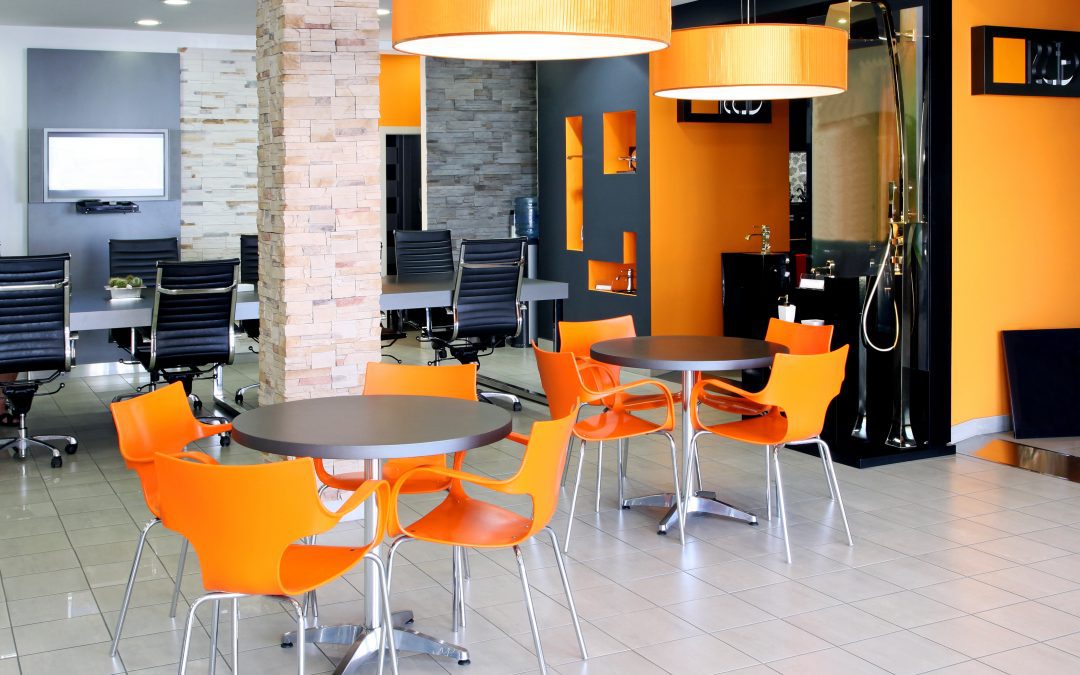2020 was an experiment in necessity – how to shape or reshape the workplace, whether vacant, partially occupied, or fully occupied. As we move into the post-pandemic world, what are the workplace changes that look like they’re here to stay?
As we now know, mandated work-from-home (WFH) turned out to be far more productive than expected. The results of a recent survey by Upwork echoed an earlier Stanford study that showed increased productivity and job satisfaction among WFH employees. At the height of WFH in 2020, nearly two-thirds of staffers were working remotely, but Upwork estimates that the number of WFH employees will settle in the 20- 25% range in coming years.
The benefits of productivity, employee satisfaction, and real estate savings are solidifying the value of the hybrid workplace. Although a few organizations were experimenting with hybrid-style offices before the pandemic, it has now become the standard for many businesses.
With the establishment of the hybrid office come challenges and opportunities.
A significant challenge in the hybrid workplace: information access. Employees still need access to office-located documents on the days they are working remotely. Removing paper documents from the office means the risk of damage or loss. But without access to the information in the documents, workers lose all their WFH productivity gains. Digitization overcomes the challenge of data access; imaged documents, and the data they contain, are accessed securely from anywhere.
The hybrid workplace offers an opportunity to re-fashion the function and design of the office. The soul-crushing mid-century-modern cubicle farm is out. The much-despised open office plan is also out, due to productivity and health concerns. In its place is, appropriately, a hybrid design that offers some separation and privacy but also includes large spaces for collaboration. Hoteling will still be part of the picture, but staffers will reserve workspaces based on activity rather than mere available space.
Interior structures such as smart lockers will furnish separation and traffic routing. At the same time, they will provide an essential storage function for staffers who split their time between the office and WFH. Other structures like the prototype sound reduction panels from the University of Washington and architecture firm NBBJ also offer privacy and a visually interesting design.
Scientist Jonathan Schattke said, “Necessity is the mother of invention, but its father is creativity.” The hybrid workplace may have come into its own out of necessity, but its form and function reflect creative solutions, supporting workers with appropriate technology. The new hybrid worklife is here to stay.
Photo © Tatty / AdobeStock


Recent Comments